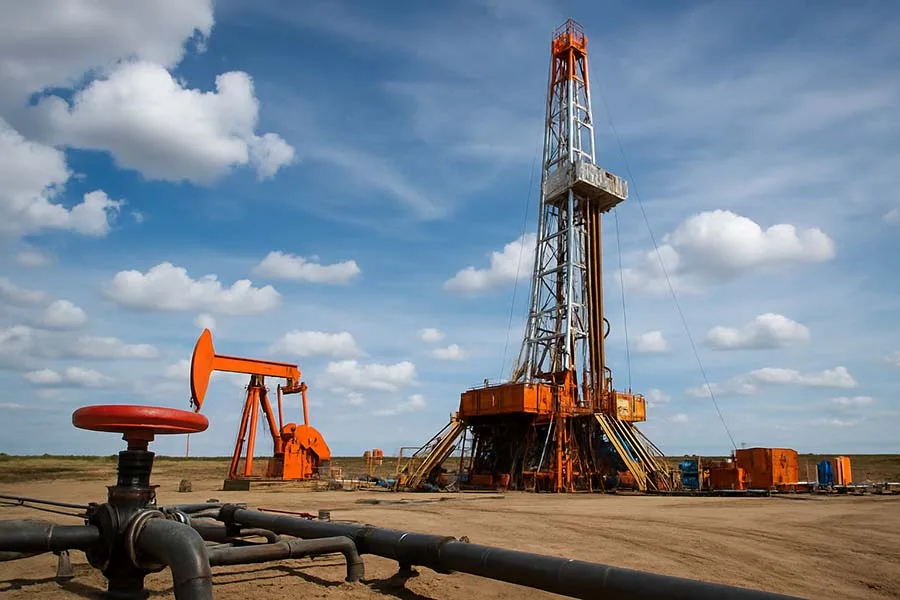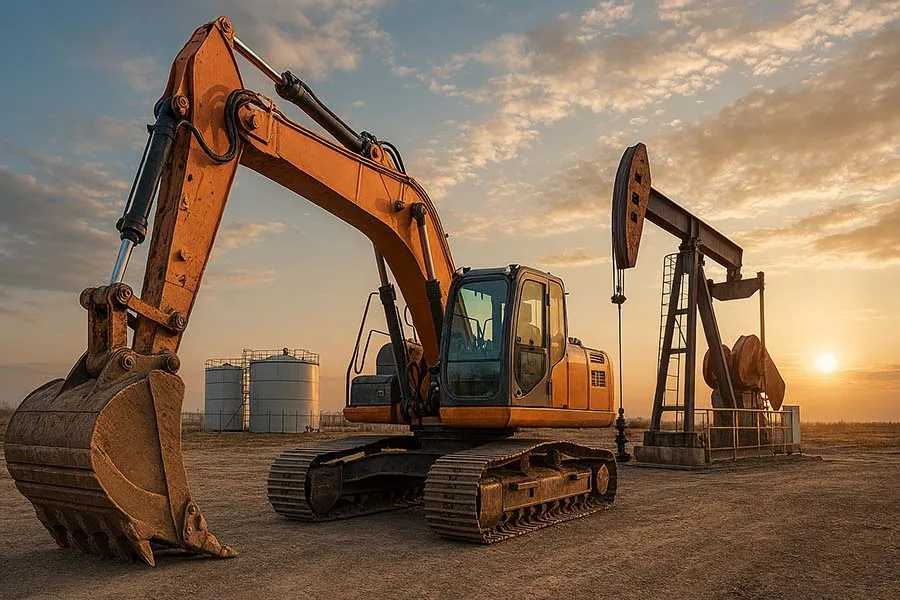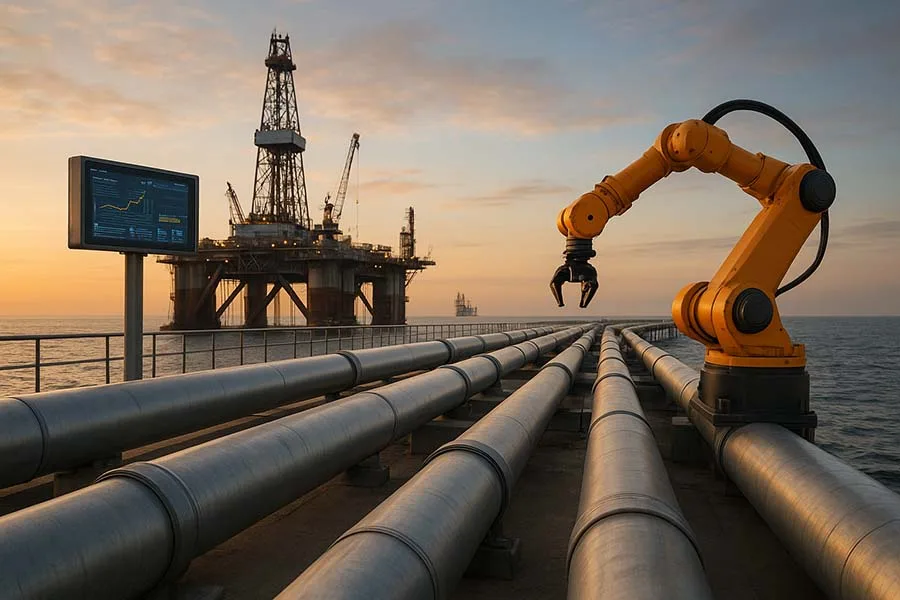Introduction: Why Drilling Tools Matter
Without the right tools, the oil industry wouldn’t exist – it’s that simple. From penetrating miles beneath the earth’s crust to controlling the enormous pressures involved, drilling and extraction tools are the backbone of oil production. These tools need to be tough, precise, and safe, often operating in extreme environments where failure is not an option.
In this guide, we’ll break down the most important drilling and extraction tools, their technical specs, advantages and disadvantages, and the latest innovations shaping the future of oil exploration.
Key Categories of Drilling and Extraction Tools
1. Rotary Drilling Rigs
- Function: The workhorse of oil extraction, designed to bore through rock and sediment layers.
- Features: High-torque rotary systems, hoisting equipment, and drilling fluid circulation.
- Challenges: Extreme wear on components, high operational costs, and environmental footprint.
2. Drill Bits
- Types:
- Roller cone bits – versatile, used in medium-hard formations.
- PDC bits (polycrystalline diamond compact) – high durability, ideal for hard rock.
- Diamond-coated bits – used for extreme depths and harsh environments.
- Specs That Matter:
- Material hardness (tungsten carbide, synthetic diamond).
- Cutter geometry.
- Wear resistance under extreme pressure and heat.
3. Mud Pumps and Circulation Systems
- Purpose: Pump drilling fluid (“mud”) to lubricate the drill bit, stabilize the wellbore, and carry cuttings to the surface.
- Specs:
- Pump pressure up to 7,500 psi.
- Flow rates exceeding 1,000 gallons per minute.
- Challenge: Pump failure leads to costly downtime and risks blowouts.
4. Blowout Preventers (BOPs)
- Role: Critical safety device that seals the well in emergencies.
- Types: Annular BOPs and ram BOPs.
- Specs: Must withstand pressures exceeding 15,000 psi.
- Challenge: Regular testing and maintenance are mandatory – a single failure can be catastrophic.
5. Extraction Equipment
- Examples: Pumpjacks, submersible pumps, gas lift systems.
- Function: Bring hydrocarbons to the surface once the well is drilled.
- Specs:
- Pumpjacks capable of lifting 20,000+ barrels per day.
- ESPs (electric submersible pumps) used in offshore and deep wells.
Technical Specifications That Matter
- Drill Bit Hardness: Diamond-coated bits rate 10 on the Mohs scale.
- Mud Pump Pressure: 7,500 psi, equivalent to the pressure found at 5 miles beneath the earth’s surface.
- BOP Standards: Must meet API Standard 16A.
- Hoisting Capacity: Modern rigs lift 1,000,000+ pounds of drill string.
Pros and Cons of Drilling and Extraction Tools
Advantages:
- Enable access to deep reservoirs of oil and gas.
- Precision tools reduce waste and increase efficiency.
- Safety systems like BOPs prevent disasters.
- Automation is reducing human risk in hazardous drilling zones.
Disadvantages:
- High capital and maintenance costs.
- Tools wear rapidly under extreme conditions.
- Drilling activities carry environmental risks.
- Dependence on skilled operators and constant certification.
Interesting Facts
Funny Fact: Offshore drillers joke that the coffee machine on a rig is the most “critical drilling tool” – without it, no work gets done.
Lesser-Known Fact: Some drill bits used in ultra-deepwater drilling are coated with synthetic diamonds that can withstand temperatures of over 350°C (662°F) while grinding through solid granite.
Drilling and Extraction Tools FAQ
Conclusion: Tools That Power Oil Exploration
Drilling and extraction tools are the unsung heroes of the oil industry. From the smallest drill bit cutter to massive rotary rigs and blowout preventers, every tool plays a vital role in powering global energy production. As technology advances, we’re seeing smarter, safer, and more efficient equipment that pushes the boundaries of what’s possible in oil exploration.
Further Reading
- Industrial Tools in the Energy and Oil Industry
- Drilling and Extraction Tools in the Oil Industry: Complete Guide 2025
- Maintenance Tools for Oil Refineries: Complete Guide to Essential Equipment
- Pipeline Construction and Repair Tools | Essential Guide for Oil & Energy
- Safety Tools and Equipment in the Energy Sector
- Automation and Digital Tools in Oil & Gas
- Heavy Machinery in Oil and Energy Production
- Inspection and Testing Tools in Oil & Gas
- Tool Innovations Shaping the Future of Oil and Energy
💬 Your Turn:
Have you ever seen drilling rigs or extraction tools in action – maybe in a documentary, or even on-site? Share your thoughts in the comments, and let’s dig deeper into the fascinating world of oil industry tools. Don’t forget to share this article if you found it useful!





